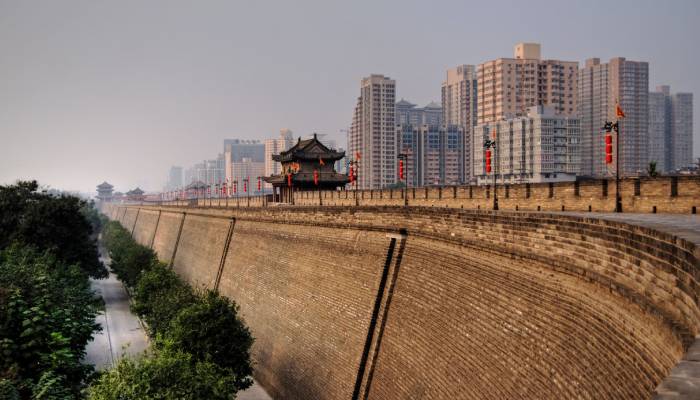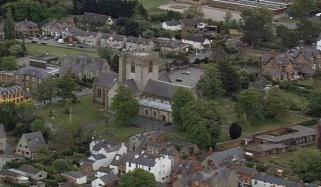
When people mention "wall" in relation to China, they usually refer to the Great Wall of China.
But do you know there are many city walls across the country, such as in Beijing, Nanjing, Fenghuang, Pingyao and Xi’an?
Surprisingly, historian Kenneth Swope explains that the Chinese word for "city" (cheng / 城) originally meant a walled city.
As per National Geographic, Yinong Cheng, a professor at Yunnan University’s School of History and Archival Studies, explains that city walls mainly served three purposes, defence, protection against floods and displaying imperial power.
Several city walls from the Ming and Qing Dynasties are now being considered for inclusion on UNESCO's list of heritage sites.
The Xi'an city wall, which was originally built during the Tang Dynasty (618–907 CE) and later expanded by the Ming Dynasty starting in 1370, is the best-preserved and most complete.
The wall stretches 8.5 miles (13.7 km) and stands 40 feet (12 meters) high and 49 feet (15 meters) wide.
It has four main gates facing the cardinal directions, 14 smaller gates in between and is surrounded by a moat.
The city was carefully planned in a grid pattern, with the wall surrounding it in a complete rectangular shape.
Even today, some people can walk the entire length of the wall without stopping.
The wall is now one of Xi'an's top tourist attractions and it has hosted many famous visitors, such as Bill Clinton, Michelle Obama and Mark Zuckerberg who even took a run along the wall's walkway in the rain.
















